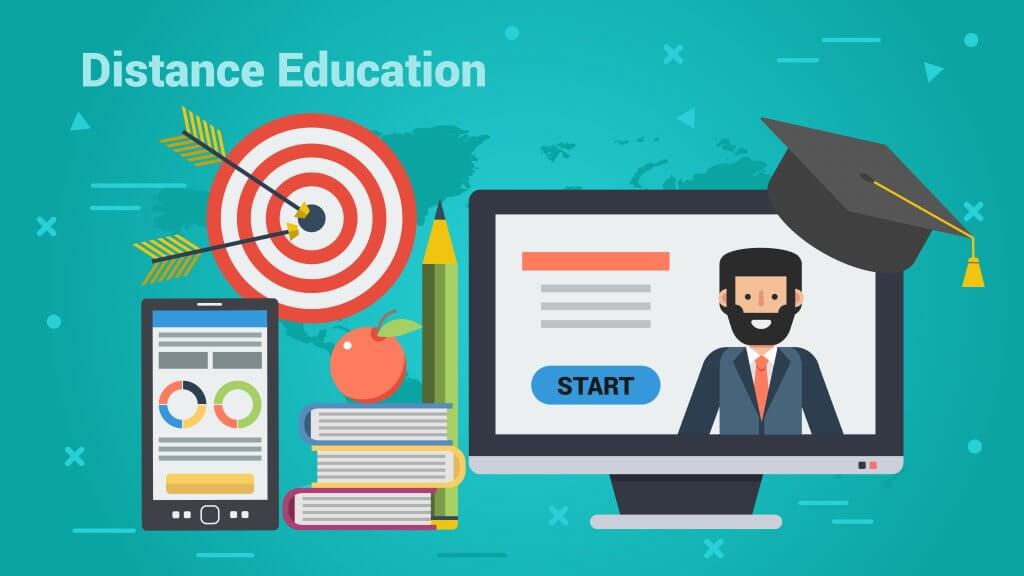Educators are facing a steep learning curve during the COVID-19 pandemic, as they adjust to a world where students come to school via a home broadband connection rather than a school bus. But fear not – with available collaboration tools and some expert tips drawn from your fellow teachers, you can help your students get the most out of “Screen School.”
Keep it simple. Yes, the family IT expert is often the resident 10-year-old. But even these young computer wizards can get confused if your lesson plan has 30 steps or requires them to go to 100 places online to complete their classwork. Avoid the cyber scavenger hunt, and think instead about a single instruction page document, with screen shots of critical steps to assure them they are on the right track. And while there is plenty of shiny, ultra-cool teaching software now available for free, be careful. Not all of your students will have home ultra-fast broadband connections or top-of-the-line home computers. So don’t bog your students down with complicated, bandwidth-hungry applications, or jump from one application to another. Your students could get disconnected along the way, and you may well get angry calls from parents complaining that the family computer just melted down.
Set boundaries. Many videoconferencing platforms include chat features that can be helpful to instruction. But this also can become a devil’s playground, tempting students to chat with each other rather than paying attention to your lesson. Worse, some applications allow students to hang around and chat after a session is over, and in this unsupervised space things can quickly go sideways. To avoid the potential for cyber-bullying or other hurtful, negative chat exchanges, check to see if the platform you use allows you to limit these session or chat functions.
Stay in touch. It’s hard to maintain contact with each student in a virtual classroom, so many teachers are offering “office hours,” with videoconference appointments available for one-on-one instruction. And believe it or not, many teachers are finding that students actually want to see them, and that they get more out of videoconference lessons rather than just posting a class assignment online or sending via email. That said, getting a local celebrity to read a story or present a lesson might sound like a great way to jazz up online learning, but it isn’t a slam-dunk educational winner – students may not recognize the guest star, and worse, the guest star may not have the skills to pull it off. So leave celebrities to Entertainment Tonight and keep your student’s attention focused on you.
Let’s get physical. With many kids stuck at home, physical fitness becomes a challenge. So it may be worthwhile to schedule a 15 to 30-minute video exercise period as part of your online lesson plan. This virtual PE class is not only good for kids, but it might also be good for your waistline.
Don’t despair. Remote education is challenging, but online teaching tools are improving. And your fellow teachers are a great resource for tips on what works and what doesn’t. It takes a village to educate a child, even if these days that village is online.
Interested in learning more tips and tricks in the future? Subscribe to our blog!
